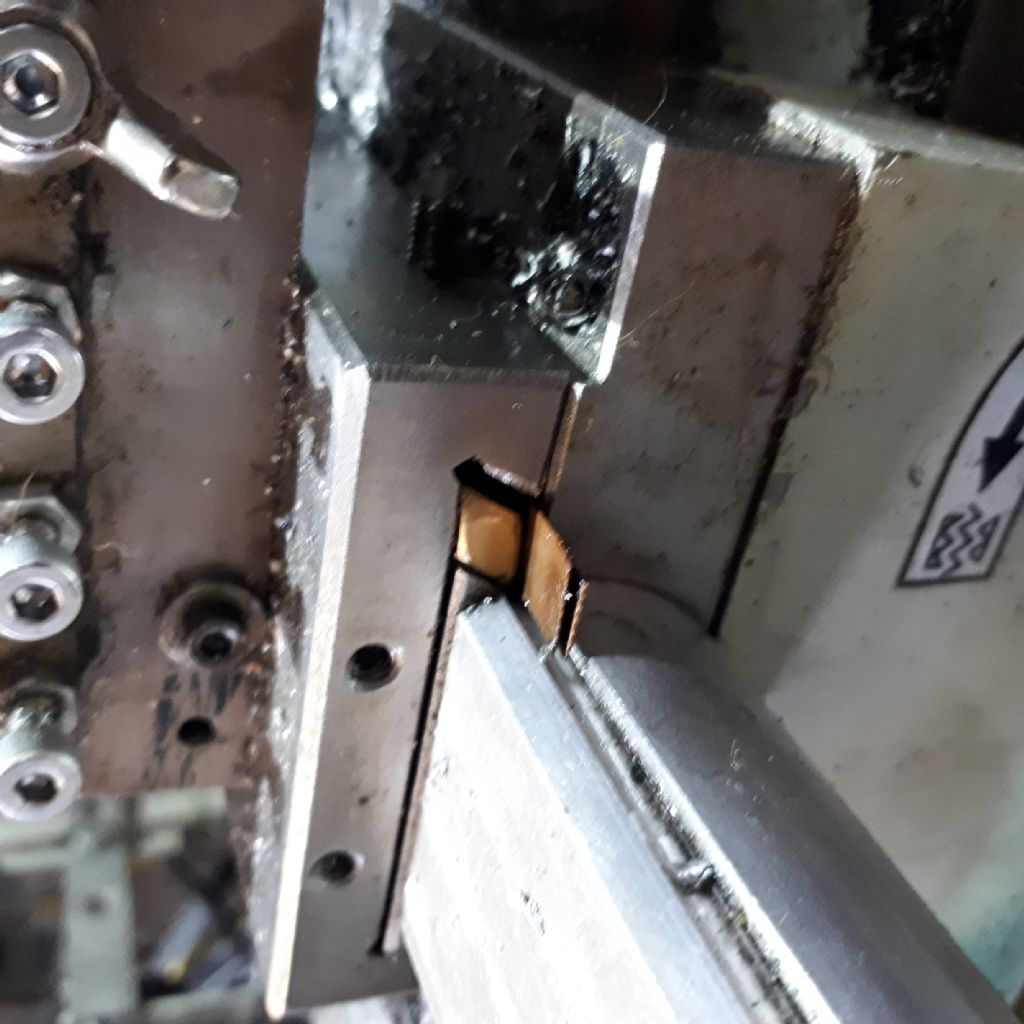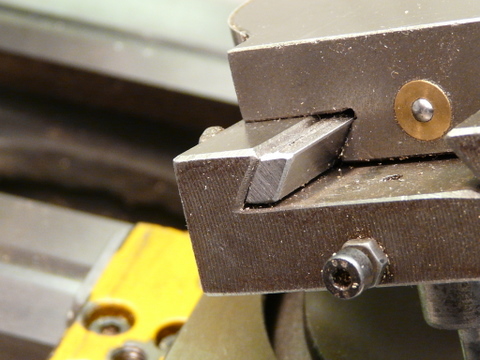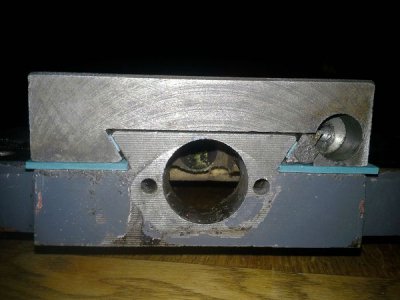SC3 gib strips
SC3 gib strips
- This topic has 24 replies, 11 voices, and was last updated 13 August 2017 at 18:15 by
Martin Shaw 1.
Viewing 25 posts - 1 through 25 (of 25 total)
Viewing 25 posts - 1 through 25 (of 25 total)
- Please log in to reply to this topic. Registering is free and easy using the links on the menu at the top of this page.
Latest Replies
Viewing 25 topics - 1 through 25 (of 25 total)
-
- Topic
- Voices
- Last Post
Viewing 25 topics - 1 through 25 (of 25 total)
Latest Issue
Newsletter Sign-up
Latest Replies
- Odd RAF Specialist Tool?
- My week this week! My workshop videos
- Help Wire 3 Phase 2 Speed Motor
- Which Carbide Lathe Tools?
- Stuart Restoration
- Mill drill power feed
- Being Nosey From Model Boats
- rotational motion into linear motion – force calculation?
- Odd Strain Gauge for Concrete?
- BENCHMASTER SENIOR DONKEY SAW


![img_0376[1].jpg img_0376[1].jpg](/wp-content/uploads/sites/4/images/member_albums/165865/756534.jpg)
![img_0378[1].jpg img_0378[1].jpg](/wp-content/uploads/sites/4/images/member_albums/165865/756535.jpg)







